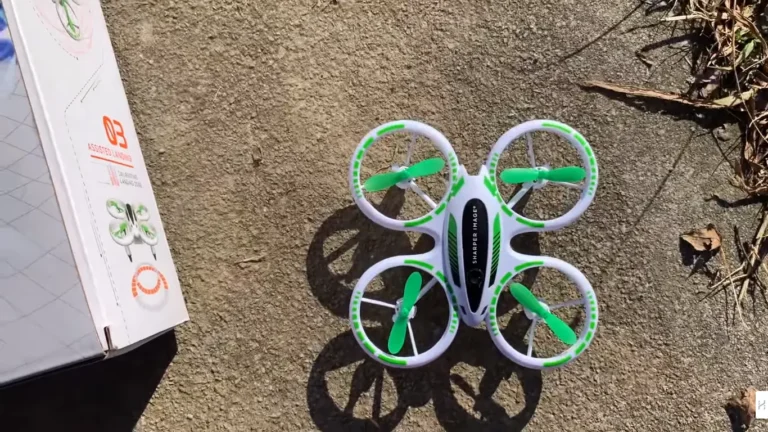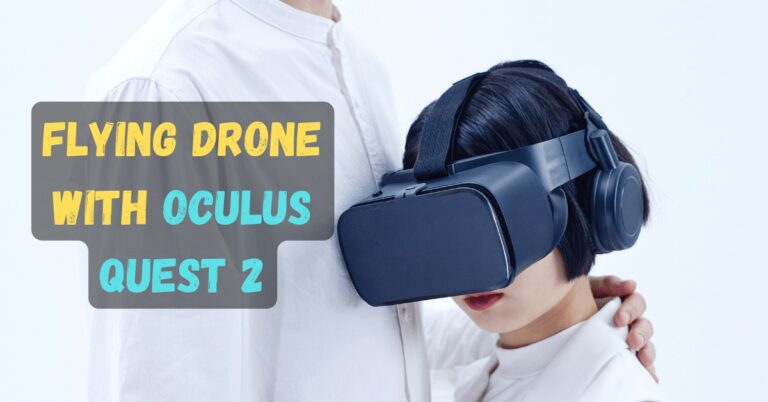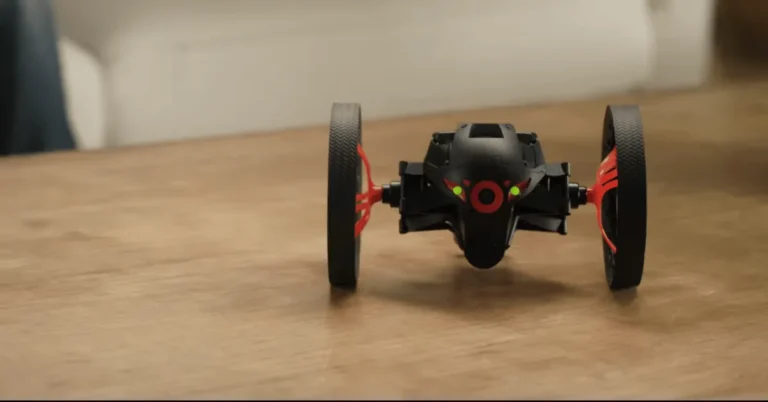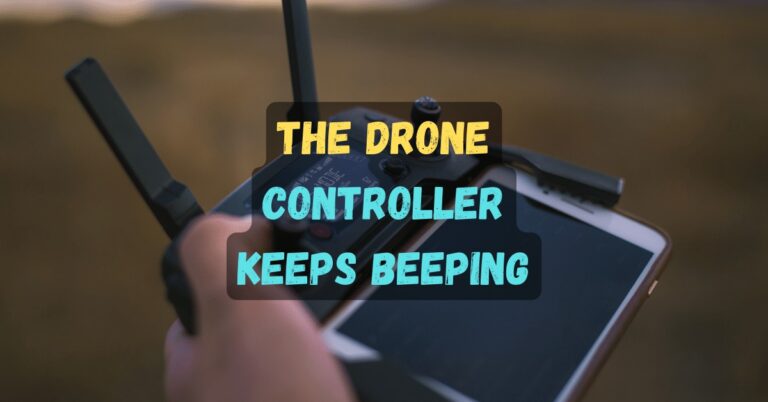How to Produce Vertical Content with a Drone?

Are you tired of scrolling through social media feeds filled with the same old horizontal videos? If you want to create content that stands out and catches the eye, it’s time to go vertical!
Vertical video has become increasingly popular on social media platforms like Instagram and Snapchat and for good reason. It’s the perfect format for capturing attention and telling your story visually engagingly. And what better way to capture stunning vertical shots than with a drone?
This article will dive into vertical content creation with a drone. We’ll explore why vertical content is important in today’s social media landscape and show you how to produce stunning vertical shots with your drone. It will also answer your question: How to Produce Vertical Content with a Drone?
Whether you’re a seasoned drone pilot or just starting, we’ve covered you with tips and techniques to take your vertical content to the next level.
So grab your drone and get ready to take your content to new heights – literally!
What is the reason for producing the vertical content?
Have you ever found yourself scrolling through your social media feed and come across a video that could be more comfortable to watch in landscape mode?
We’ve all been there. That’s where vertical video comes in – it’s the perfect solution for capturing attention and creating optimized content for mobile viewing.
But it’s about more than practicality – there are some solid reasons why vertical content is so important in today’s social media landscape.
For starters, the vertical video takes up more real estate on a mobile screen, making it more eye-catching and attention-grabbing than its horizontal counterpart. It’s also easier to consume on the go, as viewers don’t have to rotate their phones to watch the video.
In addition to these practical benefits, vertical content has platform-specific advantages. Instagram, for example, has made a strong push for vertical video content with the introduction of its IGTV platform.
Snapchat, too, has embraced vertical video as a key part of its platform’s DNA. By producing vertical content, you’re catering to these platforms’ preferences and increasing your chances of being seen by a wider audience.
So if you want to create content optimized for mobile viewing and stand out in a crowded social media landscape, vertical video is the way to go.
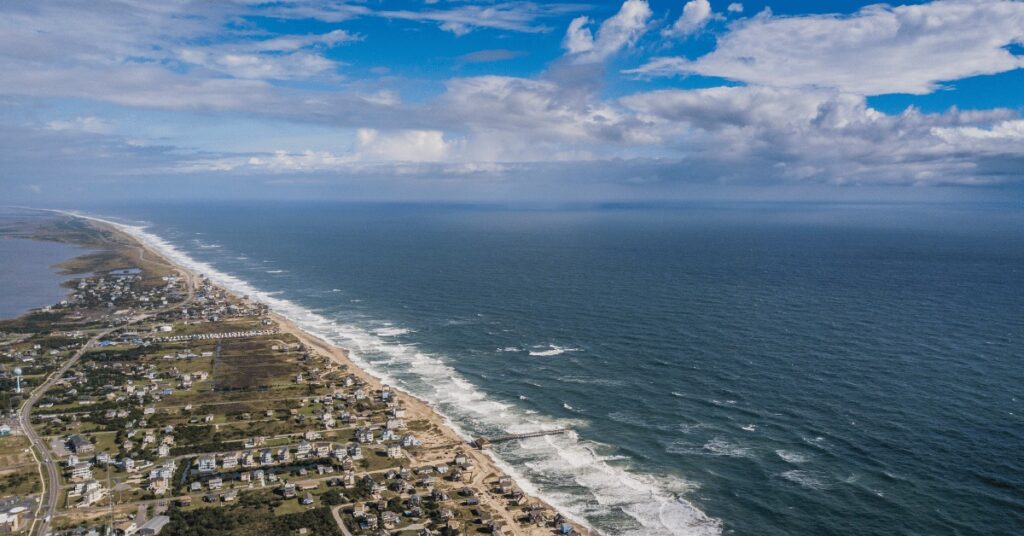
And by using a drone to capture stunning vertical shots, you’ll take your content to the next level and capture viewers’ attention scrolling through their feeds.
What are the techniques for producing vertical content with a drone?
Capturing stunning vertical shots with a drone may seem intimidating initially, but with some practice and key techniques, you’ll be well on your way to producing content that turns heads. Here are some tips for producing vertical content with a drone:
Understand drone capabilities and limitations for vertical shots:
Before you take to the skies, it’s important to understand what your drone is capable of when it comes to shooting vertically. Some drones have limitations when it comes to tilt angle, which can impact the types of shots you’re able to capture.
Researching and understanding your drone’s specifications before you start shooting is important.
Master drone movement and control for vertical shots:
Shooting vertically requires a different approach to drone movement than shooting horizontally. It’s important to master your drone’s movement and control and the art of hovering to capture stable, smooth shots.
Practice makes perfect, so don’t be afraid to spend some time honing your skills before you start shooting.
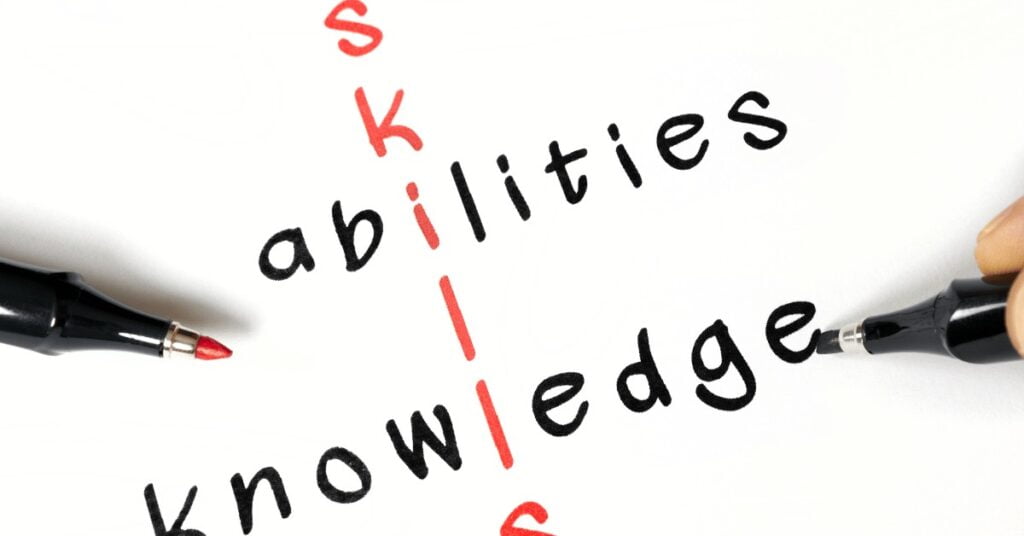
Plan and execute vertical shots for maximum impact:
Planning your shots in advance and thinking about the story you want to tell is important when shooting vertically. Whether capturing a sweeping landscape or a close-up shot of a subject, ensure you have a clear vision before you start shooting.
And feel free to experiment with different angles and perspectives to create unique, visually engaging content.
Use editing software to optimize your footage for Instagram:
After you’ve captured your vertical shots with your drone, the next step is to edit your footage for maximum impact on social media. Many editing software programs have cropping tools to help you optimize your footage for platforms like Instagram.
By cropping your footage to the appropriate aspect ratio, you can ensure your content looks its best on social media.
Merge different images of the same scene:
Another technique for producing compelling vertical content with a drone is to merge different images of the same scene.
By using editing software to stitch together multiple images, you can create stunning panoramic shots that capture the full scope of a scene. This technique can be particularly effective when shooting landscapes or cityscapes.
By mastering these techniques, you can produce vertical content with a visually stunning drone that tells a compelling story.
And with the growing importance of vertical video on social media, there’s never been a better time to start experimenting with this format.
Are there drones that can shoot videos vertically?
Yes, drones are available in the market specifically designed to shoot vertical videos. These drones come with a camera that can be rotated 90 degrees, allowing you to shoot videos and photos in portrait orientation.
One example is the DJI Mavic Air 2S, a 1-inch CMOS sensor that can shoot 5.4K video at 30 frames per second (fps) in horizontal and vertical orientations. This drone also has a 3-axis gimbal that helps to stabilize the camera and ensure smooth footage.
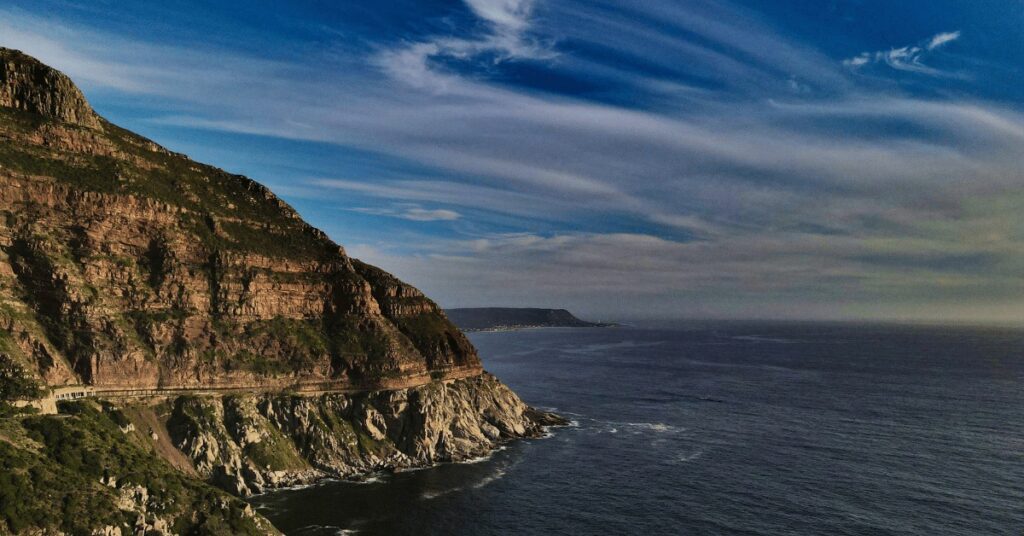
Another option is the DJI Mini 2, a lightweight, portable drone that can shoot 4K video at 30 fps in horizontal and vertical orientations. The Mini 2 also has a 3-axis gimbal for smooth footage and can fly for up to 31 minutes on a single charge.
When choosing a drone for shooting vertical content, it’s important to consider factors such as camera quality, stability, and flight time. It’s also important to ensure that the drone has the necessary features and capabilities for shooting vertically, such as a camera that can be rotated 90 degrees.
Overall, while it’s possible to shoot vertical content with a regular drone by rotating the camera manually, a drone specifically designed for vertical shooting can make the process much easier and more efficient.
READ MORE: How to fly a DJI drone without a phone?
How do you optimize the drone footage for Instagram?
Instagram is one of the most popular social media platforms for sharing drone footage, and optimizing your footage for the platform can help you maximize its impact and reach. Here are some tips for optimizing your drone footage for Instagram:
Crop your footage to the appropriate aspect ratio:
Instagram’s default aspect ratio for videos is 1:1 or square. However, the platform also supports vertical videos with an aspect ratio of 4:5 or 9:16. Make sure to crop your footage to the appropriate aspect ratio before posting to ensure it looks its best.
Edit your footage for maximum impact:
Editing your drone footage can enhance its visual appeal and make it stand out on Instagram. Consider using color grading and other editing techniques to enhance the colors and contrast of your footage, and add text overlays or music to create a more immersive experience for viewers.
Use Instagram’s built-in features:
Instagram offers a range of built-in features that can help you optimize your drone footage for the platform. For example, you can add filters, stickers, and captions to your posts to make them more engaging and shareable.
Post at the right time:
Timing is key when it comes to posting on Instagram and posting at the right time can help you reach a larger audience. Consider posting during peak hours when your followers are most active, or use Instagram’s built-in analytics tools to determine the best time to post.

By following these tips, you can optimize your drone footage for Instagram and ensure it reaches a wider audience and impacts the platform.
With the growing importance of vertical video on social media, ensuring your drone footage is optimized for maximum impact is more important than ever.
Does Mavic 3 shoot vertically?
The DJI Mavic 3 can shoot horizontally and vertically, thanks to its versatile camera that can rotate 180 degrees.
This feature allows you to easily shoot vertical content, making the Mavic 3 a great choice for those who want to produce vertical content with drones.
The Mavic 3 has a Hasselblad camera with a 1-inch CMOS sensor and can shoot 4K video at up to 60 frames per second (fps) in horizontal and vertical orientations.
The camera also has a 3-axis gimbal that ensures smooth and stable footage, even in windy conditions.
In addition to its impressive camera, the Mavic 3 also comes with a range of other features that make it a great choice for producing vertical content.
For example, the drone has a range of intelligent flight modes that make capturing dynamic and engaging footage easy, such as ActiveTrack, which allows the drone to automatically follow and track a subject.

READ MORE: Can you fly a DJI drone with Oculus Quest 2?
Important FAQs
Can DJI drones shoot vertical videos?
Does the DJI Mini SE have a portrait mode for shooting vertical video?
What is a vertical drone?
Does the DJI Mavic 3 Classic have a vertical mode for shooting portrait videos?
Can the DJI Air 2S shoot a vertical video?
How do I shoot vertical videos with the DJI Mini SE?
Does the DJI Mini 3 Pro have a vertical mode for shooting portrait videos?
Can the DJI Mavic 3 shoot a vertical video?
Final Thoughts
Producing vertical content with a drone is a great way to capture stunning aerial footage that can impact social media platforms like Instagram and TikTok.
Following the tips and techniques outlined in this article, you can take your drone footage to the next level and produce engaging, immersive content that resonates with your audience.
Whether you’re a professional filmmaker or a hobbyist drone pilot, producing vertical content with a drone is a rewarding and exciting experience.
With the right equipment, techniques, and editing tools, you can create stunning videos that capture the beauty and wonder of the world from a unique and captivating perspective.
So, grab your drone, head into the field, and experiment with different techniques and settings to see what works best for you.
With some practice and creativity, you can produce vertical content that inspires, educates, and entertains your audience and takes your drone videography to new heights.
Want to Understand More:
Can You Bring a Drone to the Bahamas?
Heading to the Bahamas with your drone? 🏝️✈️ Discover the must-know rules and tips in our quick-read article! Don’t leave home without reading this first. #BahamasDroneRules 🌞🚁

